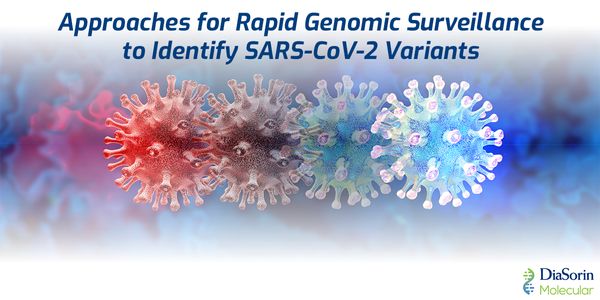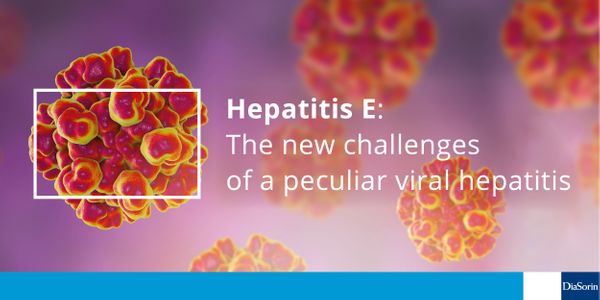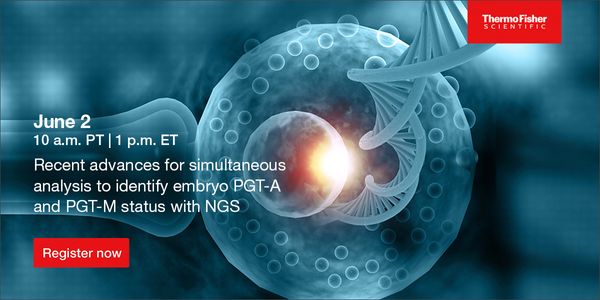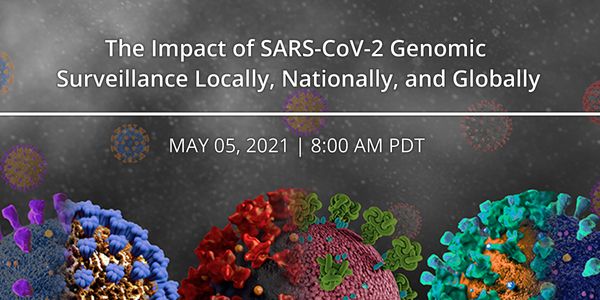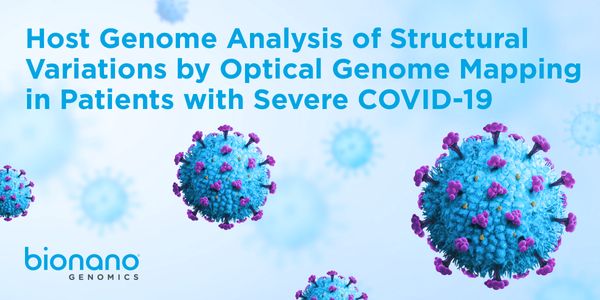Networks
A network is defined as the connection of at least two computer systems, either by a cable or a wireless connection. The simplest network is a combination of two computers connected by a cable.
-
Learning Objectives: 1. Delineate the goals of studies of brain, computation and behavior and how they can be integrated. 2. Describe how neuromodulators such as oxytocin transform circuits...
Human T cells are critical effectors of immune protection from infections, autoimmune pathology, and cancer immunotherapy. We use CRISPR-mediated gene editing in primary human T cells to sys...
Join our session on antiphospholipid syndrome covering diagnosis, antibody testing, guideline updates, and clinical insights....
Speaker:
Thomas Ortel, MD, PhD
JUN 29, 2021 | 10:00 AM
Date: June 29, 2021 Time: 10:00am (PDT), 1:00pm (EDT) SARS-CoV-2 continues to evolve and surveillance of variants is a necessity. Routine analysis of genetic sequence data allows the identif...
Mass spectrometry-based proteomics methods are finding increasing use in structural biology research. Beyond simple interaction networks, information about stable protein-protein, protein-li...
JUN 08, 2021 | 10:00 AM
Date: June 8, 2021 Time: 10:00am (PDT), 1:00pm (EDT) Most deaths from ovarian and endometrial cancer are due to high-grade subtypes that metastasize before they are detectable by available...
JUN 03, 2021 | 6:00 AM
DATE: June 03, 2021 TIME: 6:00am PDT HEV, with over 3 million clinical cases, 70,000 deaths, and 3,000 stillbirths, mostly in Asia and Africa, causing 3.3% of all deaths from viral hepatitis...
JUN 02, 2021 | 10:00 AM
Date: June 2, 2021 Time: 10:00am PDT Preimplantation genetic testing (PGT) is typically performed on a limited number of cells from an embryo biopsy and is used to prioritize embryos for tra...
MAY 18, 2021 | 5:00 AM
Date: May 18, 2021 Time: 5:00am PST, 2:00pm CEST Since its discovery in the late 60s, HbA1c, the major form of glycated haemoglobin, has been widely used in laboratories as a key biomarker...
...
Speaker:
Thomas F. Babor, PhD, MPH
, May Berenbaum, PhD
, Holly Falk-Krzesinski, PhD
, Moira Gunn, PhD
, Jessica Miles, PhD
Presented at: 5th Annual Vivian Pinn Symposium
...
Speaker:
Janine Austin Clayton, MD, FARVO
, Francis S. Collins, MD, PhD
, Maria C. Freire, PhD
, Congresswoman Madeleine Dean
Presented at: 5th Annual Vivian Pinn Symposium
The increase in the number and diversity of drugs of abuse is a major concern; it also presents significant challenges for forensic laboratories who are involved in the analysis of seized su...
Speaker:
Francis Diamond
MAY 05, 2021 | 8:00 AM
Date: May 5, 2021 Time: 8:00am PDT, 11:00am EDT Emergence of genetic mutations within the SARS-CoV-2 genome that may enhance transmissibility, increase symptom severity or improve the virus...
Comprehensive genomic profiling (CGP) is advancing precision oncology research through simultaneous analysis of multiple biomarkers in a single next-generation sequencing (NGS) assay. In thi...




